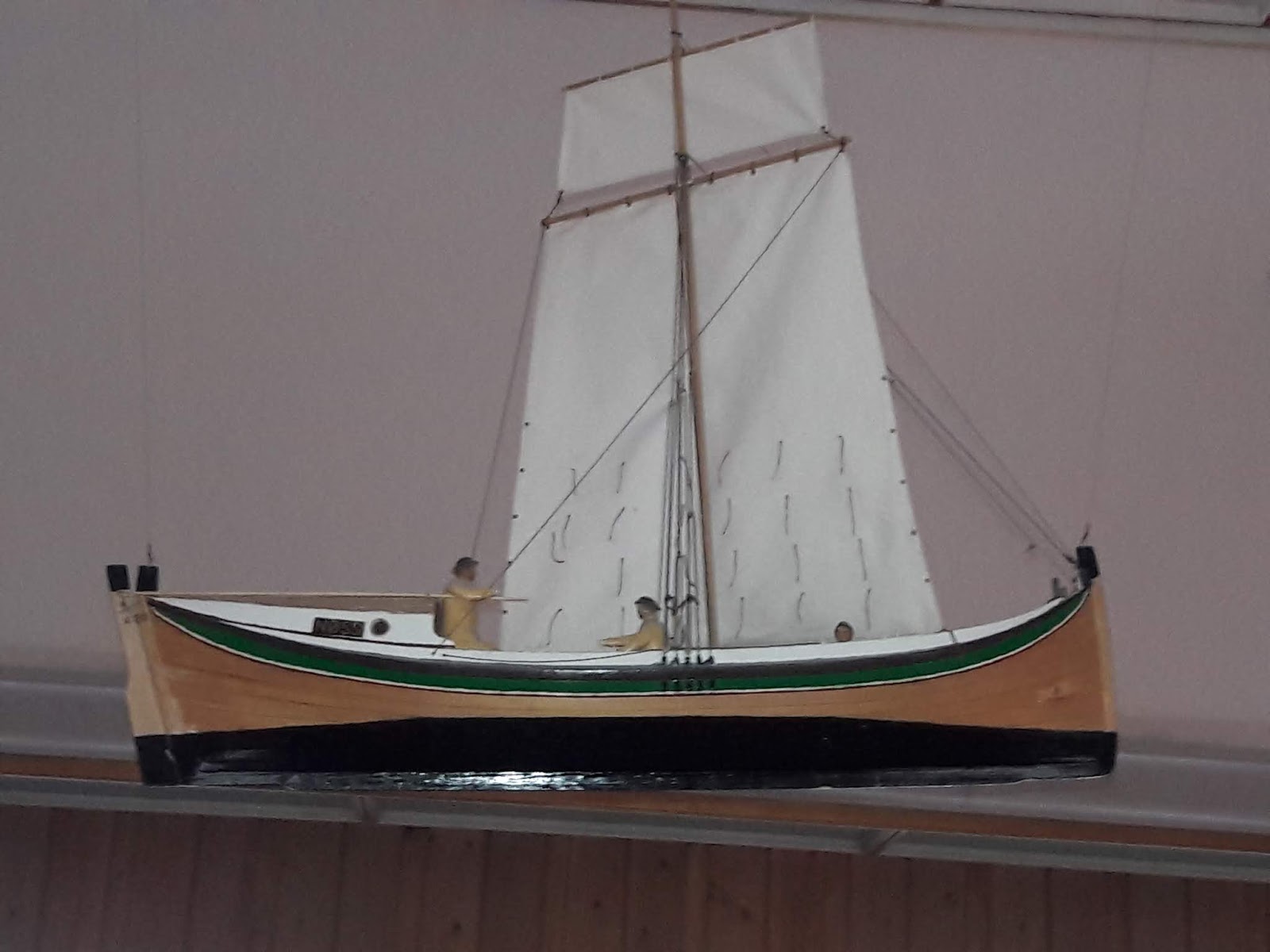July 20, 2019
The climactic scene in one of my favorite novels, The Golden Compass by Philip Pullman, takes place in the far north in a place called Svalbard (1). So we decided to go take a look. At 2:30 a.m., the mountains were visible (2) above and beside the plane as we approached down the narrow valley (Adventdalen) for a landing. Snow lingered on the upper slopes of the mountains here at 78° north lattitude. There were no immigration controls (2) and we were soon asleep at a converted miners' camp (3).
After a few hours sleep, we got kitted out with a dry suit and other gear and headed by boat across the Isfjorden to Borebukta Bay. Along the way, we saw some minke whales. At the mouth of the bay, the boat anchored and a dinghy ferried us to shore, where some kayaks were stowed. We soon began paddling through small growlers that had broken off from the Nansenbreen (5) glacier. These made a a sort of crackling/popping noise in the water.
What sounded like thunder nearby was actually the ice cracking somewhere up in the glacier (6). We heard this thunderous cracking multiple times as we paddled. After beaching the boats, we observed water coming from both underneath and from the top of the glacier. A bearded seal was sitting on a growler near the glacial front.
We paddled on close to shore through an area cluttered with ice, breaking up some growlers with our kayaks on the way through.
On the return boat trip, we saw some walruses on a small beach. Thankfully the rain held off until we had arrived back at Longyearbyen.
(1) When I first read the novel, I did not realize Svalbard was a real place.
(2) Being summer in the Arctic, there are 24 hours of daylight. Svalbard is the northernmost inhabited place on earth at 78° latitude. For comparison, the northern tip of Alaska is about 70°. Thus, Svalbard is about 500 miles closer to the North Pole than Alaska.
(3) Technically under Norwegian sovereignty, Svalbard is not actually in the Norwegian immigration zone (a). The territory is governed by the Treaty of Svalbard granting the citizens of any signatory to the Treaty the right to live and work in Svalbard. During the Cold War, the Soviet Union ran a large coal mine on Svalbard, even though Norway was (and continues to be) a NATO member.
(a) We were stamped out of Norway (i) before we boarded the plane, even though Svalbard is part of Norway.
(i) Although not in the E.U., Norway is part of the Shengen area of no border controls among the Shengen member states.
(4) The main reason Svalbard became inhabited year-round was due to large coal deposits present here. Most of the coal has already been extracted, although a few mines continue in operation.
(5) The glacier is named for Fridtjof Nansen, who was a Norwegian explorer known for crossing Greenland by ski in 1888. In 1921, he was appointed the High Commissioner for Refugees by the League of Nations. He was awarded the Nobel Peace Prize for his work as High Commissioner dealing with people displaced by World War 1.
(6) There is a risk of polar bears almost anywhere in Svalbard. Our guide, Hans, had a flare gun and rifle with him. Firing a rifle shot to scare a bear would be useless because it would sound like ice cracking to the bear. Thus, the flare gun is used if necessary to scare the bear, with the rifle only a last resort in a life-threatening situation (b).
(b) A young female hiker was attacked and eaten by a hungry polar bear on Svalbard in 1979.
3:00 am, Longyearbyen Airport, Svalbard. 1,309 km from the North Pole
The converted miners' camp; home for the next few days

l
Nansenbreen glacier
North side of Borebukta Bay, into which the Nansenbreen Glacier debouches
Sun-dappled mountains to the North of Isljfjorf on ride back


















































